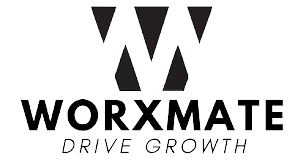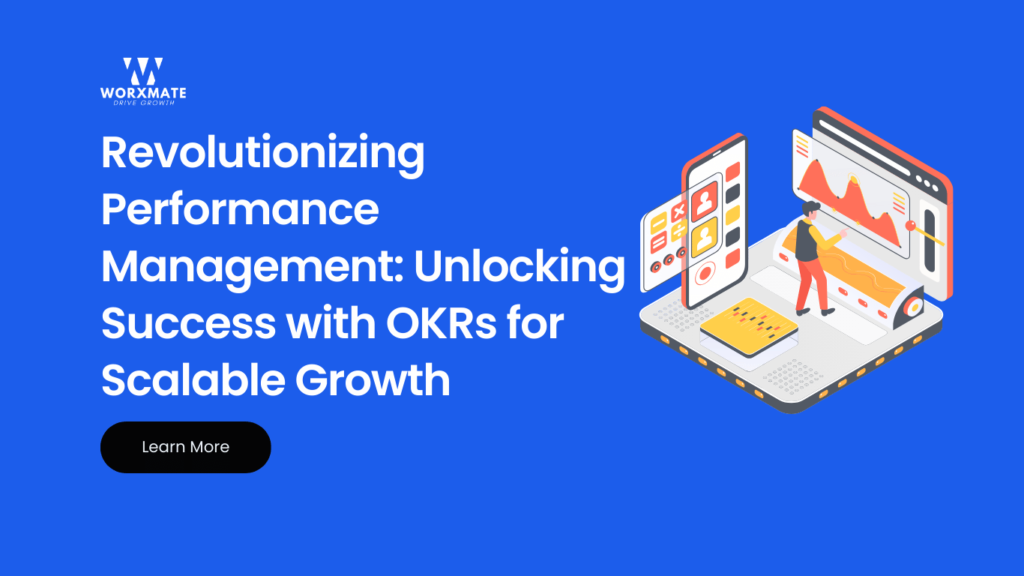Deloitte, a leader in consulting, discovered they were spending nearly 2 million hours annually on performance management tasks.
Yes, you read it right!
That’s the equivalent of 228 years spent filling out forms, organizing meetings, and creating ratings. This staggering figure sparked a major reevaluation of their performance management system.
Let’s dive into the case study:
Deloitte found that traditional performance reviews—year-end ratings and static objectives—were failing to drive real engagement and high performance. 58% of executives admitted their current performance management practices were neither engaging employees nor promoting high performance. This realization prompted Deloitte to rethink their entire approach.
So, what does Deloitte’s new performance management system look like?
It’s a radical departure from the norm. Gone are the annual reviews and complex rating systems. Instead, Deloitte has introduced a system focused on speed, agility, and individual development. Their redesigned approach is driven by real-time feedback and future-oriented actions rather than retrospective evaluations.
Wondering why this shift?
Traditional ratings were inconsistent and often more reflective of the rater’s biases than the ratee’s actual performance. Instead of asking leaders to rate team members, Deloitte now asks them to consider what actions they would take with each person in the future. This forward-looking perspective aims to better recognize, see, and fuel performance.
Deloitte’s case study highlights a crucial shift from outdated performance management practices to a model that emphasizes continuous development and actionable insights. And that’s absolutely where Worxmate’s OKR and Performance Management System are setting a new standard for organizations and helping their transformative effort.
So, How can Organizations get Started?
Let’s dive into how integrating OKRs into performance management can be a game-changer.
Think of Objectives and Key Results (OKRs) as your new best friend in goal-setting. It’s not just about slapping on a new framework; it’s about syncing everyone’s efforts with the bigger picture of where your company wants to go. It’s like making sure every player on a sports team knows their role and works together toward the championship.
But here’s the deal: while OKRs are known for being straightforward and flexible, using them effectively takes a bit of planning, clear communication, and a willingness to tweak things along the way.
Here’s a simple guide to getting OKRs up and running in your organization in order to manage performance:
Define Vision and Objectives
Kick things off at the top with your CEO and senior leaders. Start by crafting a crystal-clear vision for your organization. Break this down into specific, annual objectives that are challenging yet doable. For example, if your goal is to “Become the market leader in renewable energy solutions,” that’s your big-picture objective that guides everything else.
Develop Key Results
Next, create Key Results for each objective. These should be specific, measurable, and have a deadline. For instance, if your objective is to “Increase user engagement on the platform,” a good Key Result might be “Achieve a 40% increase in daily active users by Q3.” Key Results should give your teams a clear target to aim for.
Align and Connect
Make sure OKRs at every level are in sync. This means the Key Results for different teams should feed into the company’s overall goals. For example, if the marketing team’s goal is to “Boost brand awareness,” their Key Results should contribute to the broader company goal of market leadership. Alignment ensures everyone is rowing in the same direction.
Communicate and Educate
To make OKRs work, leaders need to get everyone on board. Hold workshops and training sessions to explain the OKR framework, its benefits, and how it affects everyone’s roles. Being open about how OKRs tie into the company’s vision helps everyone understand their part in the bigger picture and keeps them engaged.
Set Cadence for Review
Regular check-ins are key to staying on track. Schedule weekly or bi-weekly meetings to review progress, tackle any roadblocks, and adjust as needed. These regular touchpoints help keep the momentum going and ensure that OKRs stay relevant.
Evaluate and Iterate
At the end of each OKR cycle, take time to review what worked and what didn’t. Look at both successes and challenges to gather insights for the next cycle. This ongoing evaluation helps refine the OKR process, making it more effective over time.
For instance, a tech company might set an objective to “Enhance product usability,” with a Key Result like “Reduce user-reported issues by 30% within six months.
”Similarly, a non-profit could have an objective to “Expand community outreach” with a Key Result of “Host 12 community events this year, each with an average attendance of 100 participants.”
Final Note
The future of performance management with OKRs points towards greater personalization, technological integration, and continuous development. As organizations become more agile and employee-centric, OKRs will remain a vital tool in driving performance and achieving strategic goals.
The key to success lies in the thoughtful implementation and ongoing refinement of the OKR framework, ensuring it evolves with the changing needs of the business and its people. By following these steps and adapting as necessary, organizations can drive performance, ensure alignment, and achieve their strategic objectives.
Looking to supercharge your Performance Management with OKR?
Let’s chat about how aligning Worxmate’s Performance Management Software and OKRs Software can make a real difference for your team’s performance.



